Résumés Année 2010
"Heterometallic architectures based on the combination of heteroleptic copper and cobalt complexes with silver salts"
Brandon Kilduff, Dmitry Pogozhev, Stéphane A. Baudron, and Mir Wais Hosseini, Inorg. Chem., 2010, 49, 11231-11239.(download .pdf).
Abstract: A strategy for the formation of heterometallic coordination polymers based on novel Cu(II) and Co(III) heteroleptic complexes, (acacCN)Cu(dpm) and (acacCN)Co(dpm 2 (acacCN= 3-cyanoacetylacetonate; dpm= dipyrrin) is presented. Using dipyrrins appended with a para- or meta-pyridyl group, four novel copper and cobalt complexes were prepared and characterized both in solution and in the solid state. These two classes of complexes show different electrochemical properties upon investigation by cyclic voltammetry in CH2Cl2. While the copper complexes show only irreversible reduction processes, the voltammogram of the cobalt species reveal the presence of two quasi-reversible reductions. In the solid state, the Cu(II) compounds self-assemble to form one-dimensional architectures upon coordination of the peripheral pyridyl group to the copper center, as characterized by single-crystal X-Ray diffraction. Owing to the filled coordination sphere of the octahedral cobalt centers, the (acacCN)Co(dpm)2 compounds crystallize as isolated molecules. Upon reaction with silver salts, these complexes form crystalline heterometallic architectures with different organization and dimensionality, depending on the nature of the metal center and the position of the nitrogen atom in the pyridyl group. The two copper complexes lead to the formation of trinuclear species, {[(acacCN)Cu(dpm)]2Ag}+, resulting from the coordination of the pyridyl groups to the silver cations. However, while the meta-functionalized complex self-assembles into an extended architecture via weak interaction of the peripheral nitrile of the acacCN ligand to the Ag+ cation is observed, this interaction is not present in the para-functionalized analogue. In both networks based on the Ag(BF4) salt, coordination of the tetrafluoroborate anion to the silver center in the rather rare chelate mode is observed. Upon assembly of the cobalt metallatectons with silver salts, 2D coordination polymers are obtained in crystalline form, resulting however from different sets of interactions. Indeed, no coordination of the peripheral nitrile of the acacCN ligand is observed in the network incorporating the meta-pyridyl appended dpm; coordination of the pyridyl groups to the silver center and d10-d10 interactions lead to a 2D architecture. In the case of the para
analogue, a 2D honeycomb network is observed owing to the coordination of the Ag(I) ion to two pyridyl nitrogen atoms and to one peripheral nitrile group of a acacCN ligand. This latter polymer represents a geometrical hybrid of the networks reported in the literature based on homoleptic Co(dpm)3 and Cr(acacCN)3 complexes.
 | 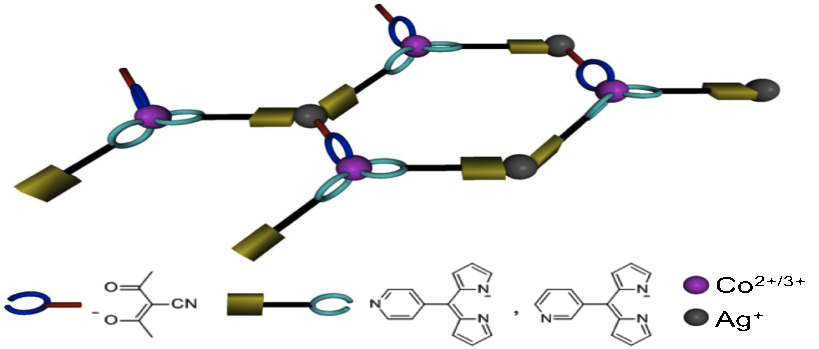 | 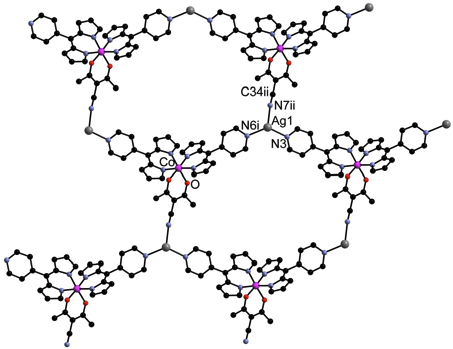 |
"Carboxylic acid appended dipyrrin for the formation of a hexanuclear iridium/copper paddlewheel complex"
Catherine Bronner, Stéphane A. Baudron, and Mir Wais Hosseini, Inorg. Chem., 2010, 49, 8659-8661. (download .pdf).
Abstract: Reaction of a heteroleptic cyclometallated iridium complex incorporating a carboxylic acid appended dipyrrin with copper acetate leads to the formation of a hexanuclear species with the paddlewheel structure.
 | 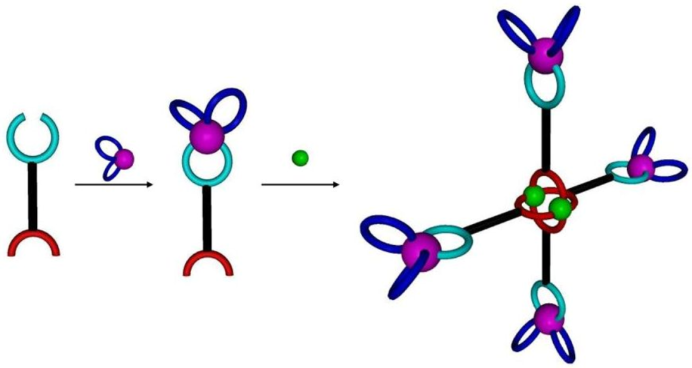 | 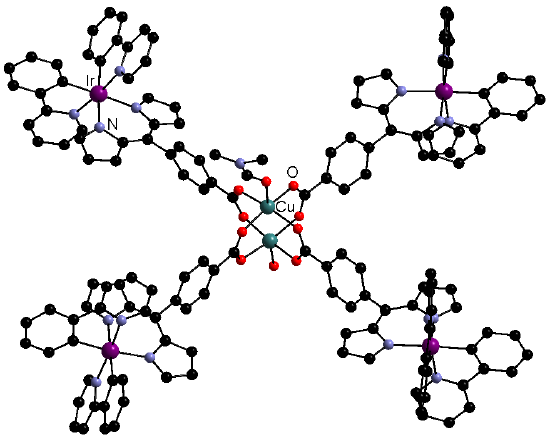 |
"Molecular tectonics : design of hybrid networks and crystals based on charge assisted hydrogen bonds"
Sylvie Ferlay and Mir Wais Hosseini, "Functional supramolecular architectures for organic electronics and nanotechnology" Eds. P. Samorì and F. Cacialli, Wiley-VCH, 2010.
Abstract:
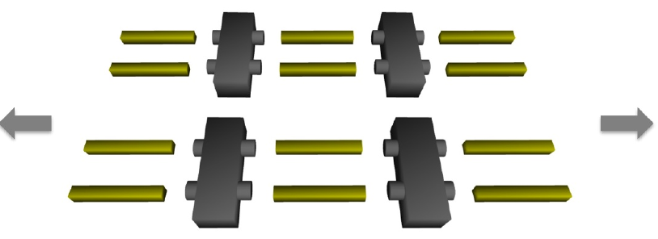 | 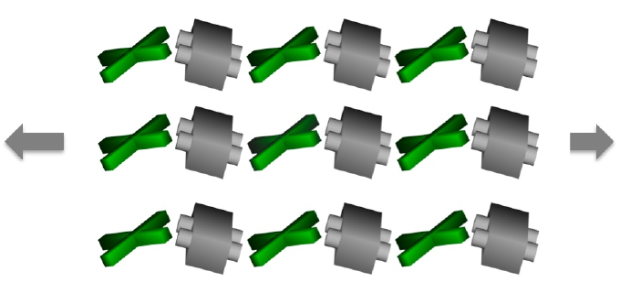 | 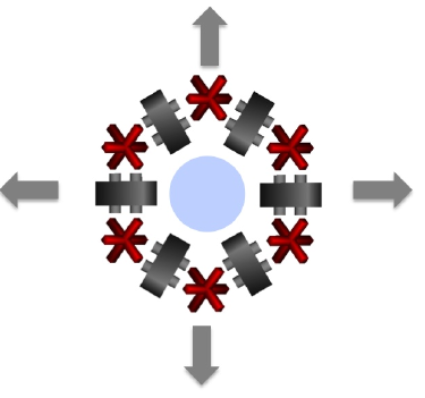 |
"Porphyrin based molecular turnstiles"
Thomas LANG, Aurélie GUENET, Ernest GRAF, Nathalie KYRITSAKAS and Mir Wais HOSSEINI, Chem. Commun., 2010, 3508-3510.(download.pdf)
Abstract: Molecular turnstiles, based on a hinge composed of a Sn-porphyrin bearing coordinating sites at the meso positions and handle, equipped with a tridentate coordination pole or its Pd(II) complex, connected to the porphyrin through Sn-O bonds, offering open (free rotation of the handle around the hinge) and a close states (blockage of rotation through binding of Pd(II)) were designed, prepared and studied both in solution and in the solid state.
 | 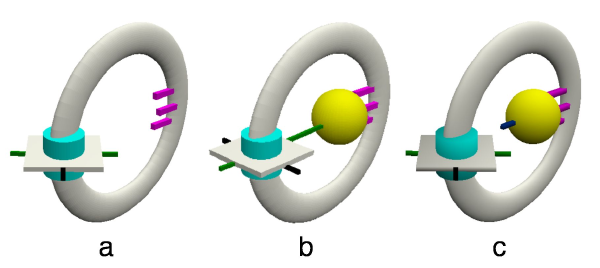 |  |
"Combination of hydrogen and coordination bonding for the construction of one-dimensional networks based on a 7-azaindole appended dipyrrin"
D. POGOZHEV, S. A. BAUDRON, and M. W. HOSSEINI,CrystEngComm, 2010,12, 2288 - 2295. (download.pdf).
Abstract: A new 7-azaindole appended dipyrrin, featuring both a coordinating chelate under basic conditions and a self-complementary hydrogen bonding group forms a series of one-dimensional networks in the solid state with divalent metal centres (Zn(II), Cu(II), Ni(II)).

"Molecular tectonics: formation and structural studies on a 2-D directional coordination network based on a non-centric metacyclophane based tecton and zinc cation"
J. EHRHART, J-M. PLANEIX, N. KYRITSAKAS-GRUBER, M. W. HOSSEINI,Dalton Trans., 2010, 2137-2146. (download.pdf)
Abstract: The combination of tectons based on the [1111]metacyclophane backbone bloked the 1,3-alternate conformation bearing two imidazoly or pyrazolyl groups located on the same side with metal halide complexes leads to the formation of either discrete metallmacrobicycles or infinite 1-D coordination networks. The same backbone bearing two sets of two different coordinating poles composed of two pyridyl and two pyrazolyl units, owing to its non-centrosymmetric nature, forms a directional 2-D networks packed in a anti-parallel fashion.
 |  | 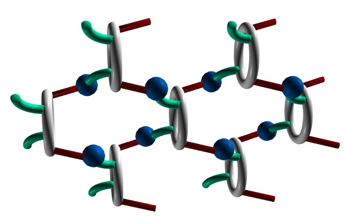 |
"Design and synthesis of Sn-porphyrin based molecular gates"
A. GUENET, E. GRAF, N. KYRITSAKAS, M. W. HOSSEINI Inorg. Chem., 2010, 49, 1872-1883.(download.pdf)
Abstract: The design, synthesis and structural characterisation, both in solution by 1H-NMR and in the solid state by X-ray diffraction on single crystals, of a series of molecular gates based on Sn-porphyrin derivatives are presented. The molecular system is based on a porphyrin core bearing at the meso positions either phenyl or pyridyl groups as a stator, octahedral Sn(IV) cation located at the centre of the porphyrin as a hinge and different handles connected to the porphyrin through Sn-O axial bonds. The stability of the complexes in the presence of different acids is also reported.
 |  |  |
"Amidinium based ionic liquids"
P. DECHAMBENOIT, S. FERLAY, N. KYRITSAKAS and M. W. HOSSEINI, New J. Chem., 2010 , 34, 1184-1199. (download.pdf)
Abstract: Three new series of mono- and bis- cyclic amidinium cations bearing alkyl chains
of different length were synthesized. 53 salts were generated upon combining the cations with a variety of anions and their thermal behaviour was investigated. Depending on the structure and the charge state of the cyclic amidinium moiety and the nature of the anion, several of the salts obtained behaved as ionic liquids with their melting point in the range of ca 25 to 94 °C.
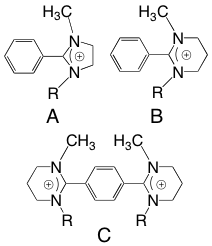 | 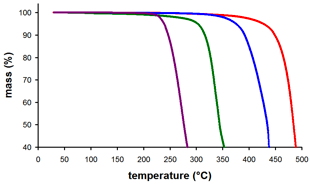 |  |
"Assembly of heteroleptic copper complexes with silver salts: from discrete trinuclear complexes to infinite networks"
D. POGOZHEV, S. A. BAUDRON, and M. W. HOSSEINI, Inorg. Chem., 2010 , 49, 331-338. (download.pdf)
Abstract: The use of heteroleptic copper complexes functionalized with two differentiated coordinating groups for the elaboration of heterometallic extended networks is presented. Two novel 5-phenyl-dipyrrin (dpm) ligands appended with an imidazole or a pyrazole function, dpm-imid and dpm-pz, have been prepared and used as ligands for the synthesis of a series of heteroleptic (acacR)Cu(dpm) complexes (acacH = acetylacetonate; acacCN = 3-cyanoacetylacetonate). The X-Ray crystal structures of these complexes revealed that albeit no particular association mode is observed for the acac capping ligand, one-dimensional networks are formed with the acacCN capping ligand. Whereas the imidazole peripheral ligand is coordinated to the copper center of a neighboring complex in the structure of (acacCN)Cu(dpm-imid), such an interaction is absent for the pyrazole appended derivative, (acacCN)Cu(dpm-pz) leading to an association mode involving the peripheral nitrile group of the acacCN ligand. Upon reaction of the imidazole functionalized complexes, (acac)Cu(dpm-imid) and (acacCN)Cu(dpm-imid), with silver salts, trinuclear species, {[(acacR)Cu(dpm-imid)]2Ag}+, are formed as a result of the coordination of the azole nitrogen atom of two copper complexes to the silver ion. As expected, in the case of (acac)Cu(dpm-imid), these species do not self-assemble into an extended network owing to the absence of a peripheral coordinating group. However, for the (acacCN)Cu(dpm-imid) complex, the trinuclear species
are equipped with peripheral nitrile groups thus allowing the binding of metal centers. Consequently, these species self-assemble into one-dimensional polymers with association modes varying with the nature of the anion present in the silver salt.
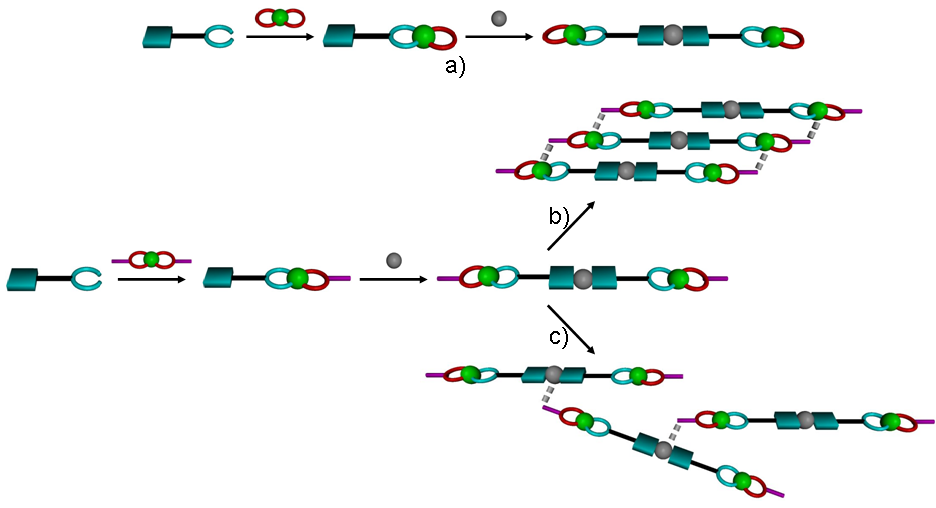 |  |  |
"Molecular tectonics: crystal engineering of mixed valence Fe(II)/Fe(III) solid solutions"
P. DECHAMBENOIT, S. FERLAY, N. KYRITSAKAS and M. W. HOSSEINI, Chem. Commun., 2010, 868-870.(download.pdf)
Abstract: Based on isostructurality between crystals formed upon combining the dicationic tecton 2 with either M3FeIII(CN)6 or M4FeII(CN)6 (M = Na, K, Rb and Cs), a rare example of H bonded mixed valence Fe(II)-Fe(III) solid solution and curious necklace-like composite crystals were generated.
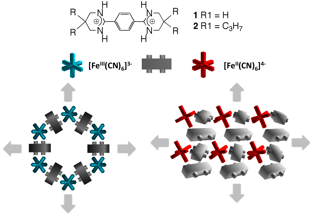 | 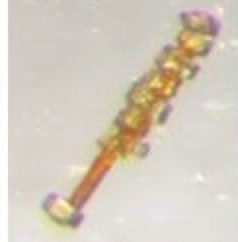 | 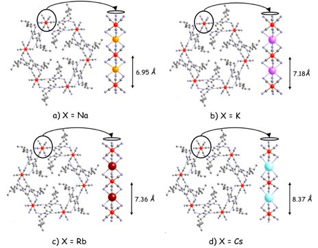 |
"Sensitization of the NIR emission of Nd(III) by the 4a atropoisomer of a meso-tetraphenyl porphyrin bearing four 8-hydroxyquinolinylamide chelates"
F. ECKES, V. BULACH, A. GUENET, C. STRASSERT, L. De COLA and M. W. HOSSEINI, Chem. Commun., 2010, 619-621. (download.pdf)
Abstract: The 4a atropoisomer of the meso tetrakis 8-hydroxyquinolinylamide porphyrin and its Pd complex binds Nd(III) and sensitizes efficiently its Near InfraRed (NIR) emission when excited in the visible domain.
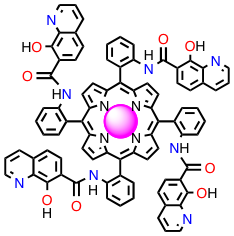 |  | 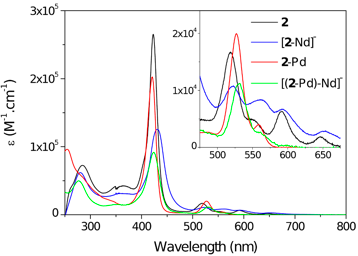 |
"Dipyrrin based luminescent cyclometallated palladium and platinum complexes"
C. BRONNER, S. A. BAUDRON, M. W. HOSSEINI, C. A. STRASSERT, A. GUENET and L. De COLA Dalton Trans., 2010, 39, 180-184. (download .pdf)
Abstract: A series of complexes based on the combination of cyclometallated palladium or platinum moieties with functionalized dipyrrin ligands bearing mesityl- or benzonitrile groups has been prepared and characterized both in the solid state and in solution; these compounds exhibit a characteristic dipyrrin-centered luminescence with an emission intensity modulated by the degree of rotational freedom of the aromatic group attached to the dipyrrin chelate.
 |  | 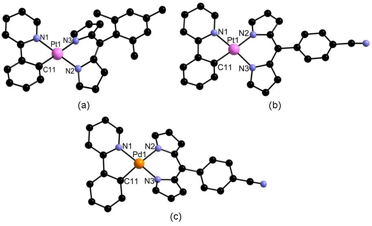 |
"Molecular tectonics: from 1-D interwoven racemic chains to quadruple -stranded helices"
M-J. LIN, A. JOUAITI, N. KYRITSAKAS and M. W. HOSSEINI Chem. Commun., 2010 115-117. (download .pdf)
Abstract: The combination of two positional isomers tectons 1 and 2, based on a racemic 1,1’-spirobi(indane) scaffold bearing two pyridine units, with HgCl2 affords doubly interwoven and quadruple-stranded helical architectures respectively.
 |  | 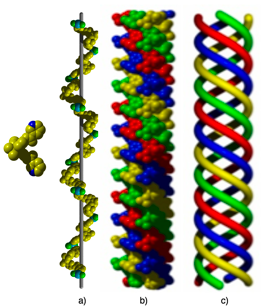 |
"Molecular tectonics: tubular crystals with controllable channel size and orientation"
M-J. LIN, A. JOUAITI, D. POCIC, N. KYRITSAKAS, J-M. PLANEIX and M. W. HOSSEINI Chem. Commun., 2010, 112-114. (download .pdf)
Abstract: The combination of flexible neutral organic tectons based on two pyridines interconnected by thioether or thioester type spacer with an inorganic ZnSiF6 pillar leads to the formation 2-D coordination networks and the packing of the latter generates crystals offering controllable tubular channels with imposed orientation along the pillars axis.
 | 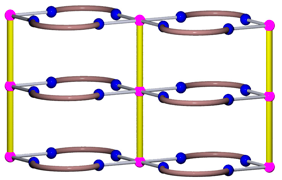 |  |
"Molecular tectonics: chaining cages into a 1-D coordination network"
M-J. LIN, A. JOUAITI, N. KYRITSAKAS and M. W. HOSSEINI CrystEngComm, 2010, 67-69. (download.pdf).
Abstract: The combination of ZnSiF6, a neutral infinite inorganic pillar, with a flexible organic tecton bearing at its both extremities a pyridyl moiety as a monodentate coordinating site, leads in crystalline phase to the formation of a 1-D shashlik like coordination network composed of interconnected binuclear zinc macrotetracyclic cages.
 | 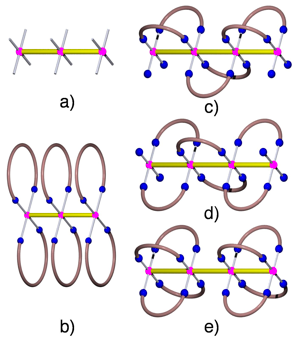 |  |


